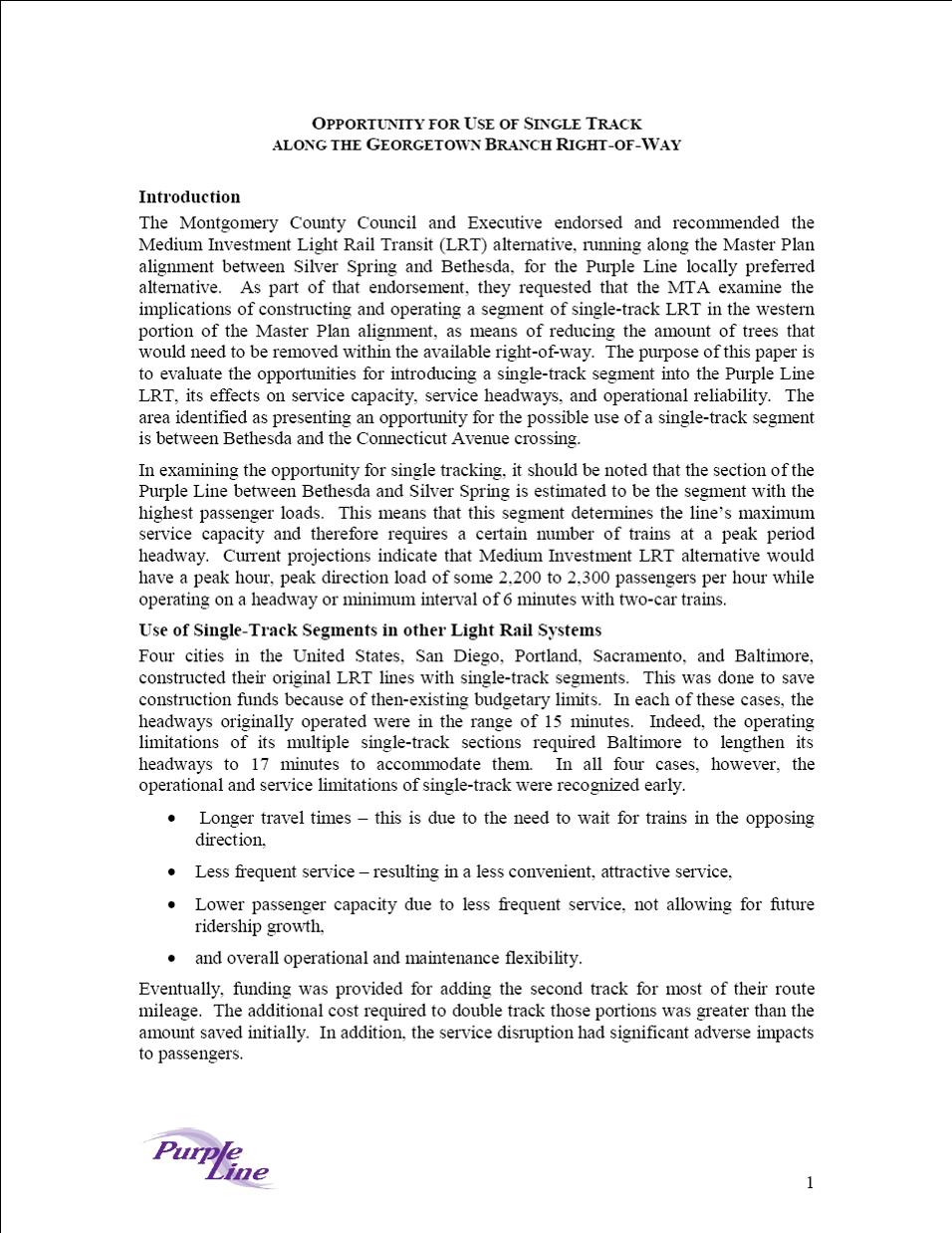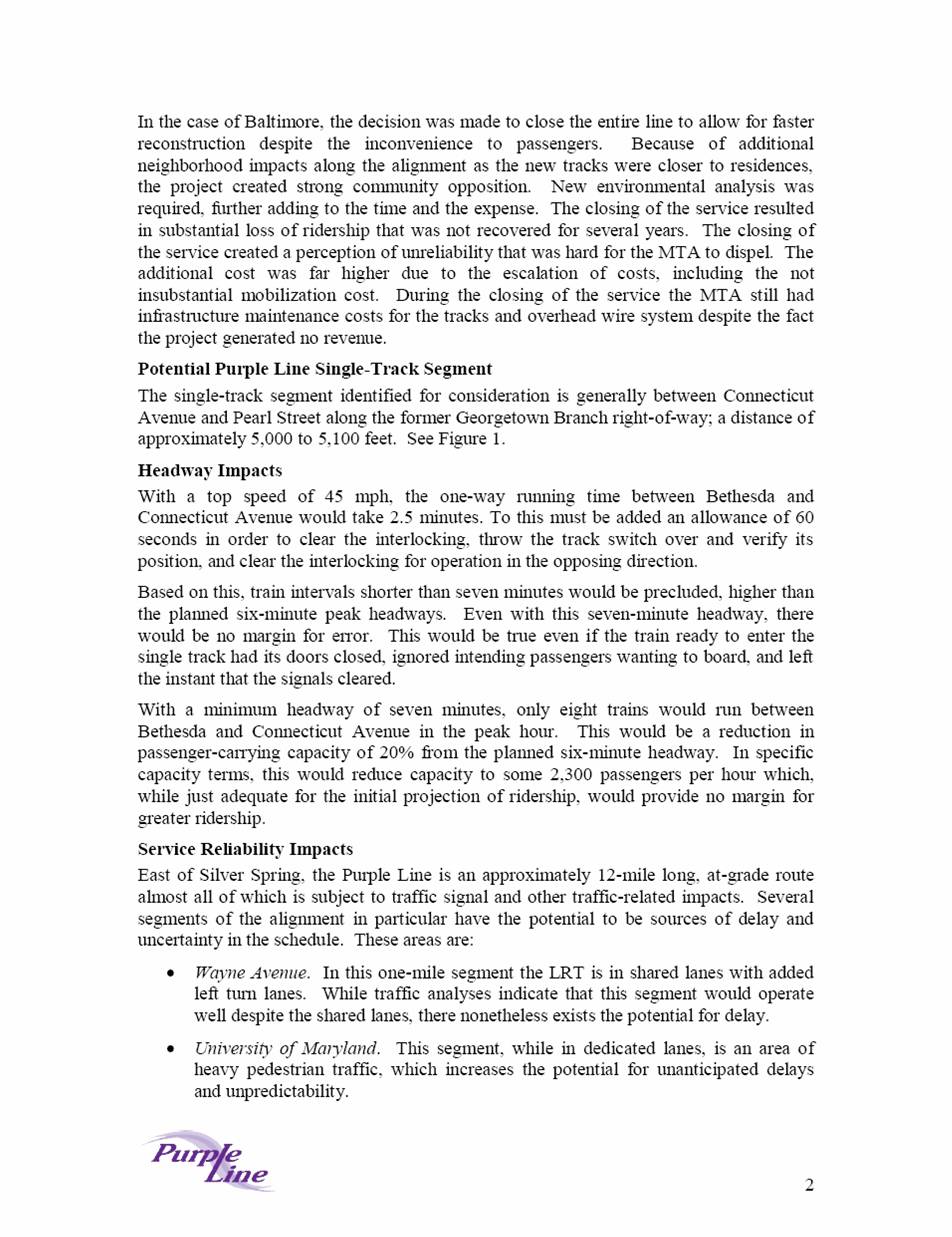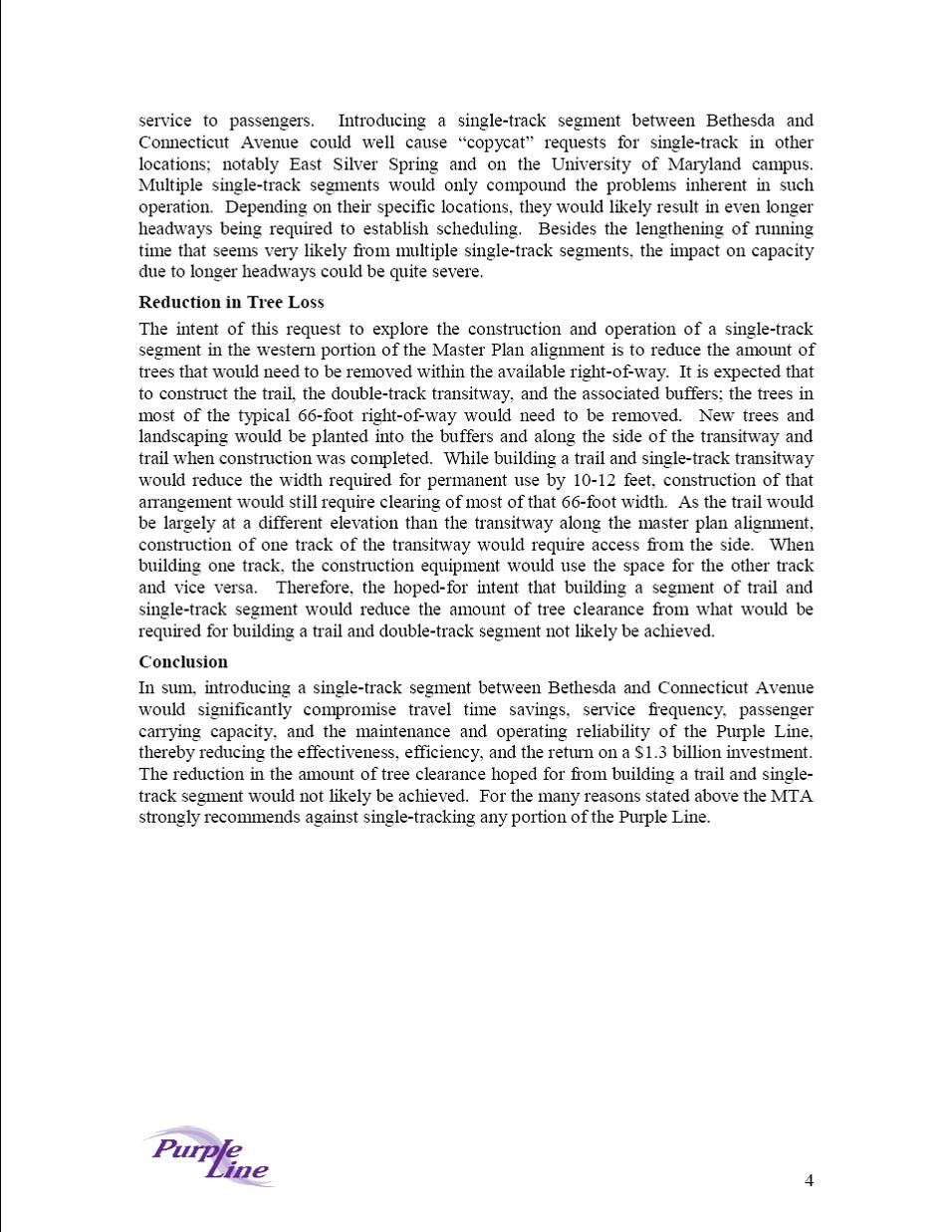Governor O’Malley has recommended light rail for both the Washington suburbs’ Purple Line and Baltimore’s Red Line. The option he picked for the Purple Line closely resembles the medium-investment option preferred by the Planning Board and the County Council, which uses the Georgetown Branch right-of-way and elevates the trains over Connecticut Avenue. The option he picked for the Red Line tunnels underneath Downtown Baltimore and Cooks Lane. In a prior post, we noted that Red Line tunnels were not cost-effective under federal criteria. Yet, that problem has apparently been solved. How did the state do that?
One of the criteria applied by the Federal Transit Administration (FTA) in its funding evaluation process is cost effectiveness, which it defines as “the incremental cost per hour of transportation system user benefits in the forecast year.” Ideally, this figure should be as low as possible, with either high user benefits (in other words, ridership) or low costs. FTA encourages projects to have at least a “medium” cost effectiveness ranking according to these ranges:

The bottom line is that a cost per hour of user benefit over $23.99 endangers a project’s chances of getting federal approval, and a cost per hour over $29.99 really endangers them. The Governor picked a modified version of Red Line option 4C, which according to the project’s Draft Environmental Impact Statement (DEIS) has a cost per hour of $31.98. Yet the state now claims it has a cost per hour of $24.24 – a 24% drop. The state arranged for that drop by doing three things:
1. Estimating more ridership
The DEIS estimates option 4C’s daily weekday ridership at 42,100. The state’s new estimate is 54,000. The press release offers no explanation for the 28% increase.
2. Dropping an underground station downtown
The DEIS shows six underground stations downtown. The press release now lists five.
3. Single-tracking under Cooks Lane
The press release makes no mention of this, but our sources agree with the Baltimore Sun’s reporting and confirm that the state will use a one-mile, single-track tunnel under Cooks Lane just inside the city’s western border with Baltimore County. That means two trains cannot head in opposing directions in the tunnel at the same time. This will cut down on construction costs and help the state get close to FTA cost effectiveness guidelines.
The irony here is that the state rejected single-tracking for the Purple Line.
Earlier this year, Montgomery County Council Members Roger Berliner and Marc Elrich asked the state to consider single-tracking the Purple Line along the Georgetown Branch in Chevy Chase to reduce tree destruction. The Maryland Transit Administration (MTA) rejected that idea in a four-page statement sent to the council. MTA said the following about single-tracking:
Four cities in the United States, San Diego, Portland, Sacramento, and Baltimore, constructed their original LRT lines with single-track segments. This was done to save construction funds because of then-existing budgetary limits. In each of these cases, the headways originally operated were in the range of 15 minutes. Indeed, the operating limitations of its multiple single-track sections required Baltimore to lengthen its headways to 17 minutes to accommodate them. In all four cases, however, the operational and service limitations of single-track were recognized early.
Longer travel times – this is due to the need to wait for trains in the opposing direction,
Less frequent service – resulting in a less convenient, attractive service,
Lower passenger capacity due to less frequent service, not allowing for future ridership growth,
and overall operational and maintenance flexibility.
Eventually, funding was provided for adding the second track for most of their route mileage. The additional cost required to double track those portions was greater than the amount saved initially. In addition, the service disruption had significant adverse impacts to passengers.
In the case of Baltimore, the decision was made to close the entire line to allow for faster reconstruction despite the inconvenience to passengers. Because of additional neighborhood impacts along the alignment as the new tracks were closer to residences, the project created strong community opposition. New environmental analysis was required, further adding to the time and the expense. The closing of the service resulted in substantial loss of ridership that was not recovered for several years. The closing of the service created a perception of unreliability that was hard for the MTA to dispel. The additional cost was far higher due to the escalation of costs, including the not insubstantial mobilization cost. During the closing of the service the MTA still had infrastructure maintenance costs for the tracks and overhead wire system despite the fact the project generated no revenue.
MTA concluded in its statement to the council:
In sum, introducing a single-track segment between Bethesda and Connecticut Avenue would significantly compromise travel time savings, service frequency, passenger carrying capacity, and the maintenance and operating reliability of the Purple Line, thereby reducing the effectiveness, efficiency, and the return on a $1.3 billion investment. The reduction in the amount of tree clearance hoped for from building a trail and single-track segment would not likely be achieved. For the many reasons stated above the MTA strongly recommends against single-tracking any portion of the Purple Line.
If MTA truly believes its arguments against single-tracking, then why is MTA using it on Baltimore’s Red Line? The explanation probably lies not in engineering, but in politics. If the Washington suburbs are due to receive light rail, Baltimore must get it too. But the Red Line is a very challenging project, especially if it involves constructing a three-mile tunnel under downtown as the Baltimore Mayor and the Baltimore County Executive prefer. The expenses associated with that length of tunnel are so massive that they fail federal cost effectiveness criteria without some sort of adjustment. And so the state has chosen to bottleneck the system’s west end and recreate the problems stemming from their single-tracking Baltimore’s first light rail project.
You heard it here first: if the Red Line is built as the Governor is now recommending, MTA will soon return with a multi-hundred-million dollar request to widen the Cooks Lane tunnel. The feds will never pay for it. That means the rest of the state will be on the hook.
We reprint the entire MTA statement on single-tracking below.




